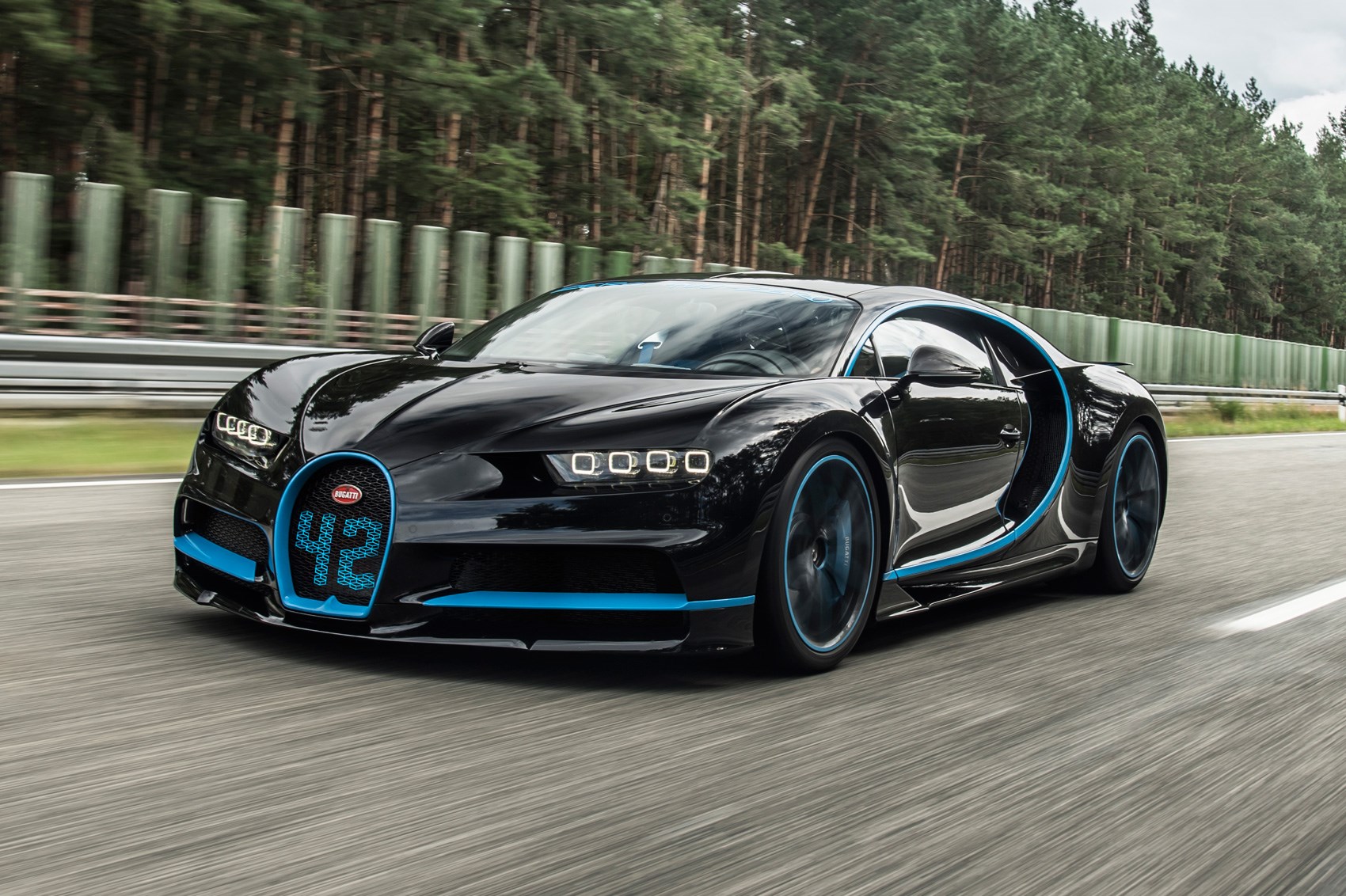How To Go Up-Market
For today’s post, I want to talk about the widgets you make.
“Widget” is our stand-in for products and services.
- If you sold your widgets for $1 each, you would need to sell 1,000 widgets to make $1,000.
- At $10 each, you’d need to sell 100 widgets to make $1,000.
- At $100, you’d only need to sell 10 widgets to make $1,000.
The price of your widget depends on a variety of factors. I’ve covered this in detail and you can read up on that here.
Today, let’s talk about how to raise your prices.
✉️ Get the Infinite Impact
Join thousands getting weekly wisdom on unlocking hidden potential, building meta-abilities, and creating meaningful change through practical frameworks you can use immediately.
Just Say No
The first step in raising your prices is to get comfortable saying “No.”

- If you price your widget at $10 and someone wants to buy it for $6…the answer is no.
- What about $9? The answer is still no.
The price of your widget is what people pay you for it. Therefore, when you agree to sell the widget for less, you are making a statement to the market (and to yourself) about the actual value of your widget.
But, it’s not just the price of your widget, it’s also any requests for customization that fall outside of what you offer. For example, they want the widget, and will pay $10, but want it tomorrow. You ship widgets in 48-72 hours. So the answer is still no.
If you want to raise prices, you must maintain control over what your price is and how your widget is delivered. This starts with mastering the art of saying no. Louis Vuitton doesn’t sell $4,000 hoodies and a $625 carrying case for cologne because they yield pricing power to the any customer that wants it. Price power means saying “take it or leave it.”
It’s time to get comfortable saying no.
Pick Your Position
When do we want it?
Yesterday!
How much do we want to pay?
As little as possible!
What kind of quality do we expect?
Only the best!
There is a well known saying: “Fast, Cheap, or Good, pick two.” This is to help the customer understand that they cannot have everything. So for example, if they want something fast and good, they’ll need to be willing to spend more money.
So, if we want to go up market, that means that we never want to compete on price. Therefore, going upmarket requires that you continually get better and/or faster. Because of that expression, most people think that if you’re not going to be cheap, then you have to be fast AND good. The thing is, it doesn’t even have to be both. I think of it like a pie chart.
All widgets have the three factors of price, quality, and speed. If your quality is high enough, the people who value quality will spend more money to have it and will be willing to wait. If your speed is fast enough, people who value speed will make an exception for the quality and the price.
If you want to go upmarket, you have to choose your positioning and focus on the people who value something more than price. I think your best bet is to focus on quality and here’s why…
Tell better stories
Price and speed are objective and quantifiable factors, though they are relative to the market.
Quality, however, is a mixture of objective and subjective factors.
- There is little way to quantify social status.
- It can be hard to put a number on the feeling of nostalgia that arises when someone buys something that reminds them of their childhood.
- How would you measure imagination?
Quality is not just about how long it takes until a widget breaks. Quality can often be about how something makes us feel. It’s intangible, and because of that, it is malleable.
If you want to go upmarket, you need to be able to play in the fuzzy space of emotion.
A Rolex keeps time, but so does your smartphone…and your smartphone does it far more effectively. Why then is Rolex is globally recognized brand? It’s the story.
The new Bugatti Chiron can go 273 mph and has a whopping 1,577 horsepower, though I suspect at least one of them was sold recently for someone who uses it almost exclusively to drive to the grocery store or the club. My assumption is that it was not going 273 mph before it arrived at those destinations.

As a result, if you really think about it, doesn’t the Kia Optima do basically the same thing? Yet one will run you several million dollars, and the other is under $30,000. The Bugatti is a superior machine, but for the person who isn’t utilizing its horsepower, the price isn’t about quality, it’s about status. It’s about the story it tells the owner and everyone who sees them driving it.
Your Brand, which includes why you exist, what you stand for, who you are made for, and what it says about your customer to buy your widget specifically, is among the most important factors in going up market.
This is the way
I am a consultant and coach. I am not cheap. I do phenomenal work in Brand, Leadership, Culture, Marketing, and Sales. I typically work very fast, but I am always willing to slow down or take longer if it means delivering high quality work.
I do not lower my price because someone thinks I’m too expensive. I say no to work that seeks to alter my timeline. I know what it takes for me to do my best work and because of this I do not flex on speed or price. I’d rather just pass on an opportunity.
All of this filters out the wrong type of client or project and also allows me to move up market on price. These factors combine to let the right type of client self-select.
Between price, speed, and quality, I choose quality every time. Among the world of coaches and consultants out there, I might be the only one to self-describe as a superhero and bake positive impact into the work. This is my Brand and positioning.
If you want to go upmarket, it’s time to be clearly defined about what you say yes and no to, what your positioning is, and what kind of story you want to tell.
This is the way.

I hope you enjoyed this post!
If you liked this post, then you will LOVE my newsletter (The Infinite Impact)
and my learning community (The Superhero Institute).



